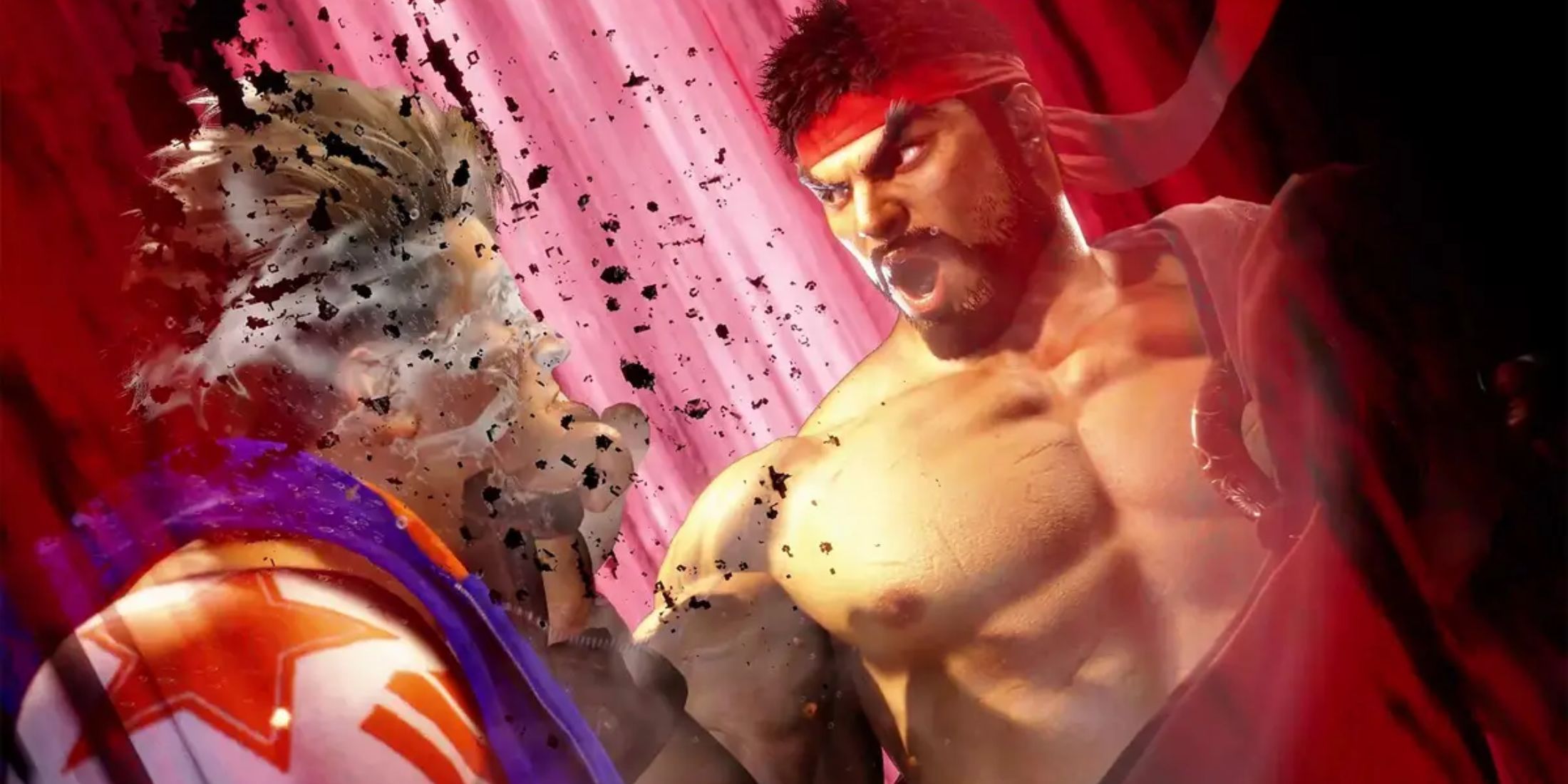
Street Fighter 6 may only be a little over a year old, but the game has already shifted quite a bit since launch. Now halfway through its second season of DLC, the addition of new fighters has only continued to move the meta in all-new directions. In order to keep up, there are a few unwritten rules that players should know when hitting the road in Street Fighter 6.
Beginners may feel intimidated at first, but Street Fighter is a classic series for a reason. The game’s tutorials will teach many valuable lessons right off the bat, and many important features are similarly intuitive. However, new players will benefit the most from taking a page out of the book from fighting game veterans.
How to Beat the Competition in Street Fighter 6
Avoid Reckless Drive Gauge Use or Suffer the Consequences of Burnout
Every Street Fighter 6 player is familiar with the Drive Gauge, but only the best know how to make the most of it. Of course, Drive Impact and Drive Rush are universal tools that every player should learn to use. Likewise, players can get an even more significant advantage by learning the drawbacks of the Drive Gauge, and exploiting them against their opponent to the fullest extent.
Many max damage combos require a player to burn their entire Drive Gauge, but this reward is deceptive. In reality, most high-ranking players will avoid costly use of their Drive Gauge while at three bars or lower. The reason for this is simple: this is around the threshold where an opponent could easily force them into Burnout. Players in Burnout lose access to the Drive System, but this quickly becomes the least of their worries.
First and foremost, players in Burnout will take chip damage while blocking, and the pressure only heats up from there. While landing a Drive Impact against an opponent in the corner will normally open them up for a combo, an opponent in Burnout will go into a stun state. Players should carefully watch their resources in order to avoid such a situation, and they should be equally sure to keep an eye on their opponent’s resources.
Helpful Tips to Track an Opponent’s Resources
Of course, health is the most valuable resource for players, and a recent update to Street Fighter 6 has created a valuable tip for beginners. Critical Art is an enhanced version of Super Art 3 that can only be accessed when below 25% health. Well-timed Critical Arts can make or break a match, so it’s important to watch as closely as one would with their Drive Gauge.
However, it’s actually unwise to directly watch the bottom corner of the screen in order to check an opponent’s meter. Street Fighter 6 recently changed its display to include a subtle flash of the health bar when a player enters the threshold to use their Critical Art. Although this is a convenient notification for the player that gets it, wise players should use this against them and aim for a combo that can deal 25% of an opponent’s health without wasting additional resources.
Age-Old Lessons for New Players in Street Fighter 6
Street Fighter can jokingly be called “your grandfather’s fighting game”. This is thanks to its status as the first in the genre, and its relatively traditional design. The latest entry may be a fresh take on the series, but fans new to Street Fighter 6 can leave beginner status much faster by learning a few nuggets of age-old wisdom.
Above all else, players should always prioritize staying grounded. Any experienced opponent will know how to anti-air, so it isn’t wise to recklessly jump in on them, despite the potential reward. Players can still exploit an opponent who isn’t ready to punish excessive jumping, but they should prioritize learning their own character’s best anti-airs first.
Getting up from a hard knockdown is a similar situation of risk and reward, and it carries a similar piece of advice. It is most often best to “take the throw”, simply because the risk of getting hit is often greater than the risk of getting grabbed. Instead of attempting to tech a throw or jump above it, a player should first start by blocking. Of course, an opponent may aim to use one of Street Fighter 6‘s infamous throw loops, but these have been significantly nerfed, and strategy can be adjusted accordingly.
To summarize, it is always most important to watch an opponent before oneself. While there are a few strategies that can be applied with broad strokes, carefully watching an opponent allows one to adapt whenever necessary, and to exploit reckless mistakes. Staying grounded means more than avoiding the jump button, as it applies to mentality as well. If players want to improve in Street Fighter 6, they have to keep their cool during a match, and be ready to take every loss as a lesson.




